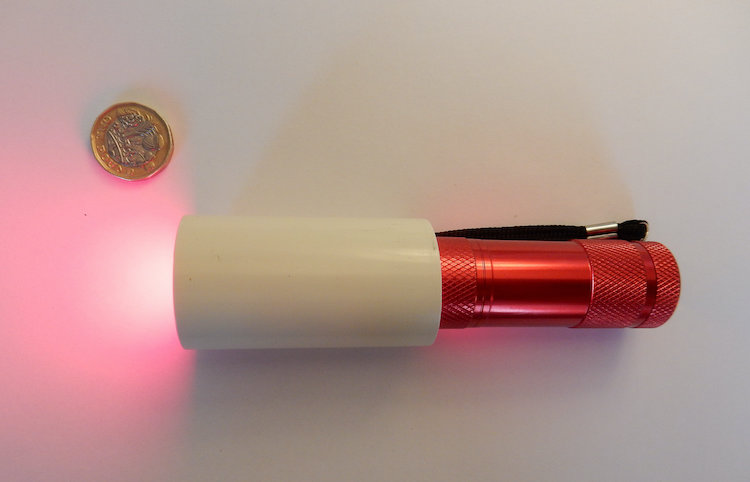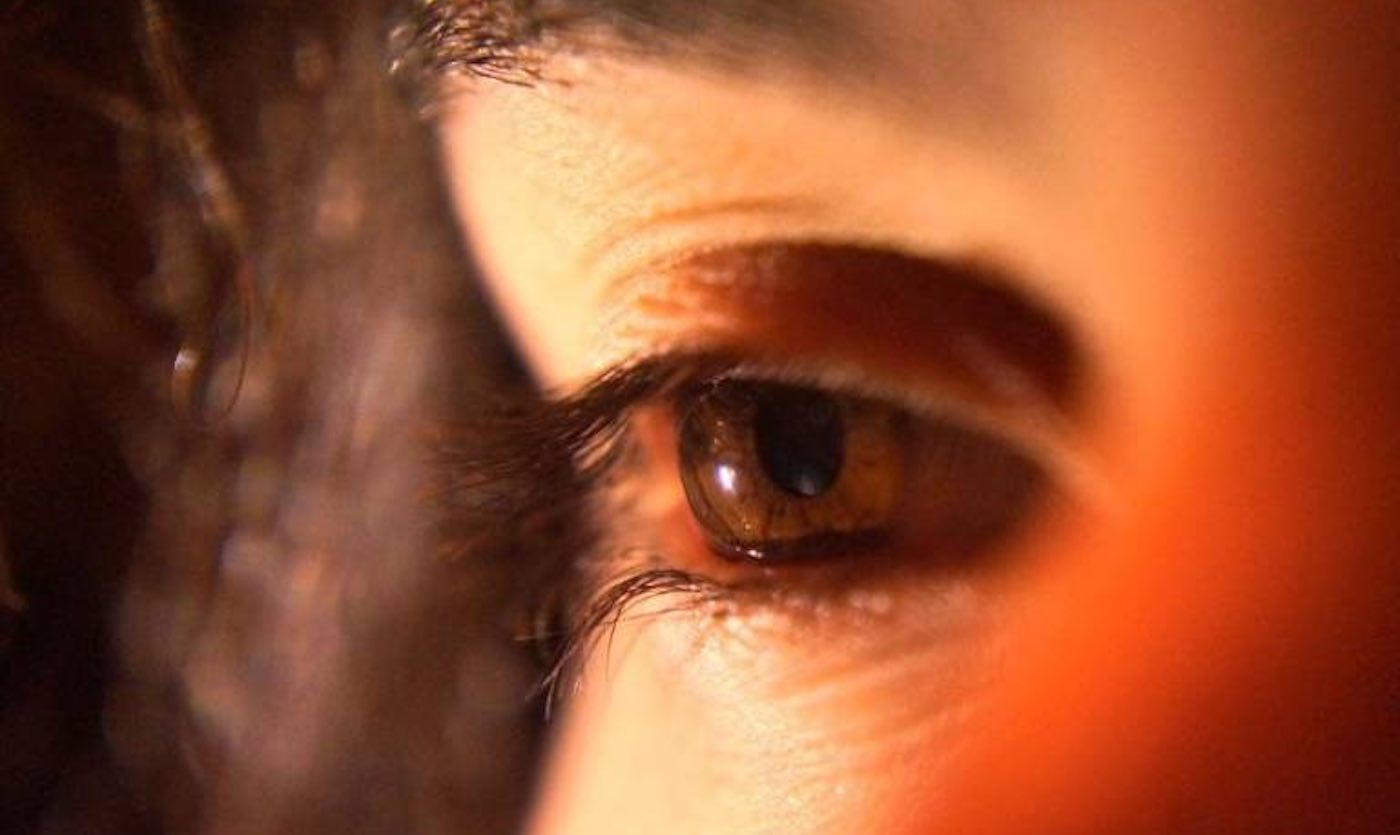Shining a deep red light for three minutes a day into your eye, even through the eyelid, can significantly improve declining eyesight, finds a new University College London-led study, the first of its kind in humans.
Scientists believe the discovery, published this week in the Journals of Gerontology, could help the millions of people globally with naturally declining vision by signaling the dawn of new affordable home-based eye therapies.
In the UK, there are currently around 12 million people over the age of 65—and all will have some degree of visual decline because of retinal aging.
“As you age, your visual system declines significantly, particularly once over 40,” said the study’s lead author Professor Glen Jeffery from the UCL Institute of Ophthalmology.
RELATED: Irreversible No Longer—Blind Mice See Again Thanks To New Method of Synthesizing Lost Cells
“Your retinal sensitivity and your color vision are both gradually undermined,” he continued. “To try to stem or reverse this decline, we sought to reboot the retina’s aging cells with short bursts of longwave light.”
The pace of aging in an eye’s retina is partially set when the cells’ mitochondria, whose role is to produce energy (known as ATP) and boost cell function, start to decline.
Mitochondrial density is greatest in the retina’s photoreceptor cells, which have high energy demands. As a result, the retina ages faster than other organs with a 70% ATP reduction over life, causing a significant decline in photoreceptor function as they lack the energy to perform their normal role.
MORE: ‘Breakthrough’ Device Restores Visual Perception to the Blind So They Can See Light and Motion
Researchers built on their previous findings in mice, bumblebees, and fruit flies, which all found significant improvements in the function of the retina’s photoreceptors when their eyes were exposed to deep red (long wavelength) light.
“Mitochondria have specific light absorbance characteristics influencing their performance: longer wavelengths spanning 650 to 1000nm are absorbed and improve mitochondrial performance to increase energy production, rather like re-charging a battery.” said Professor Jeffery.

The retina’s photoreceptor population is formed out of cones that mediate color vision, and rods, which provide peripheral vision and adapt vision in low/dim light.
At the start of the study, 24 people (12 male, 12 female) between the ages of 28 and 72 with no ocular disease were tested for the sensitivity of their rods and cones. Rod sensitivity was measured in dark adapted eyes (with pupils dilated) by asking participants to detect dim light signals in the dark, and cone function was tested by subjects identifying colored letters that had very low contrast and appeared increasingly blurred—a process called color contrast.
WATCH: Blind Man Develops Smart Cane That Uses Google Maps and Sensors to Identify One’s Surroundings
All participants were then given a small LED torch to take home and were asked to look into its deep red 670nm light beam for three minutes a day for two weeks (participants were free to close their eyes and place them over the devices since the red light is not filtered by the eye lid.) They were then re-tested for their rod and cone sensitivity.
The researchers found that although the 670nm light had no impact in younger individuals, significant improvements were obtained in those around 40 years old and over.
Cone color contrast sensitivity (the ability to detect colors) improved by up to 20%, particularly in the blue part of the color spectrum that is more vulnerable in aging. Rod sensitivity (the ability to see in low light) also improved significantly, though less than color contrast.
“Our devices cost about £12 to make, so the technology is highly accessible to members of the public,” he added, though Amazon has some already for sale in the 660mn range.

“Our study shows that it is possible to significantly improve vision that has declined in aged individuals using simple brief exposures to light wavelengths that recharge the energy system that has declined in the retina cells,” said Professor Jeffery. “The technology is simple and very safe, using a deep red light of a specific wavelength that is absorbed by mitochondria in the retina to supply energy for cellular function.
This research was funded by the Biotechnology and Biological Sciences Research Council.
Edited and reprinted article from University of College London
Help Your Friends See This Cool Story By Sharing It To Social Media…





















Now this is technology I approve! Wonderful..Sometimes diet is not the only help we can give our body- here is one splendid example where a little tech can give us a boost.
How does one go about purchasing one of these lights?
I did look for lights of that same frequency (670mn) and only saaw 660 so didn’t want to recommend in the article.
good news–the wavelength of red light is anywhere between 635-700nm (the study says “deep red light” and mentions 670nm). I also found an article that says “all red light wavelengths are effective and offer health benefits, although certain wavelengths are more powerful than others–particularly those that fall between 630-680nm.” so you can get these benefits from that $12.99 flashlight on Amazon (or anywhere else if you don’t support Amazon).
Thanks. I added the link to Amazon products in the article, after, at first, not knowing how specific the wavelength needed to be.
Be careful that the any device you are considering is low level light therapy and not laser therapy. The devices look similar and are easy to confuse. Both are available on Amazon. Lasers are not for eyes.
I know this was asked before. Can this device be purchased???
I added a link to a similar device on Amazon. Thanks, all!